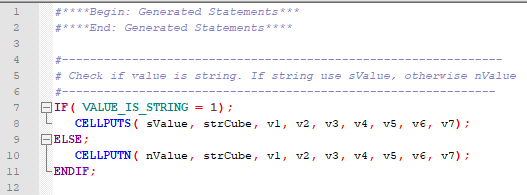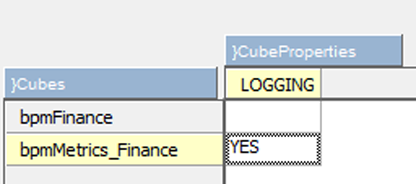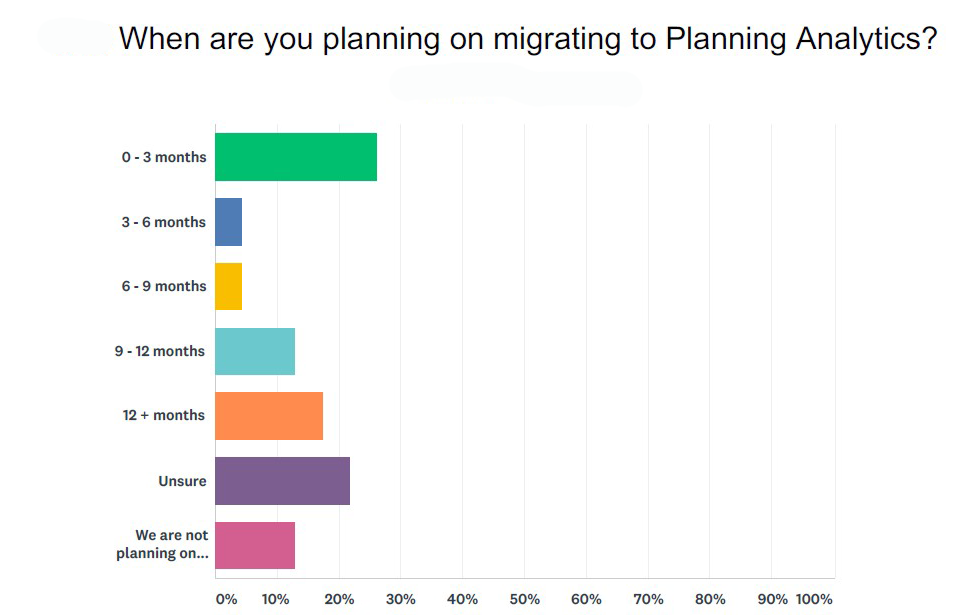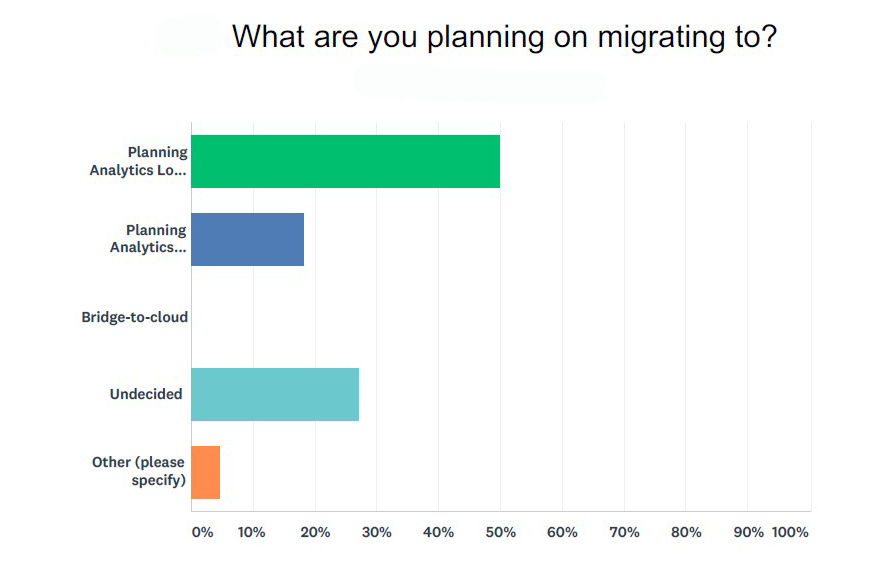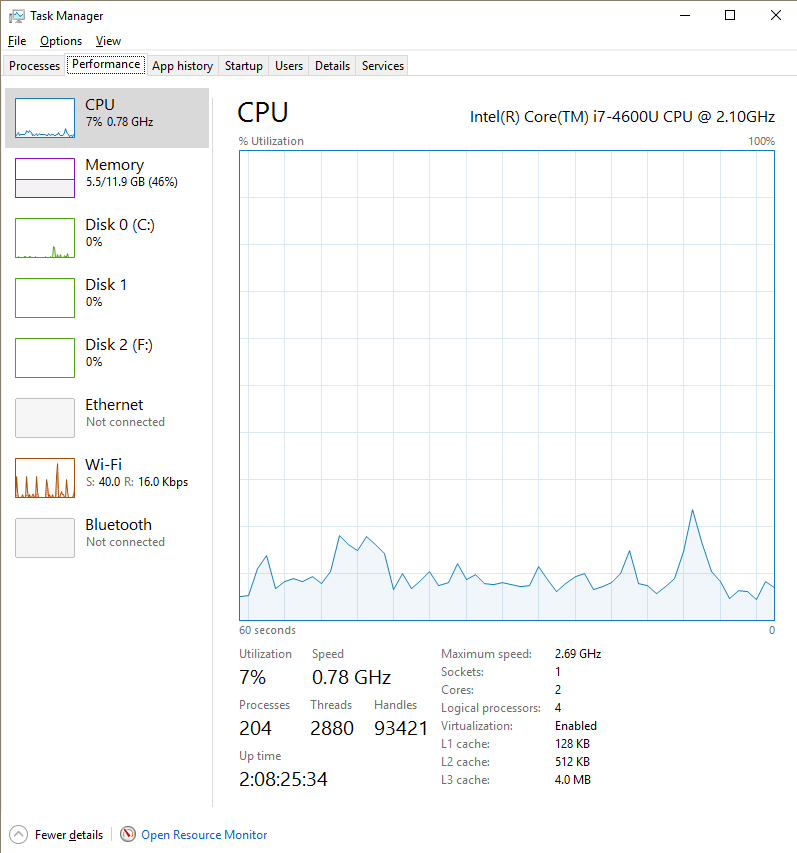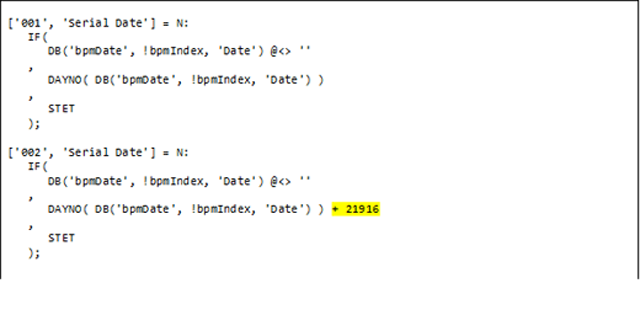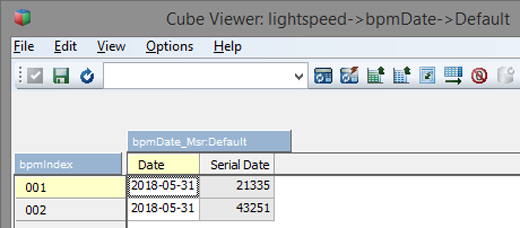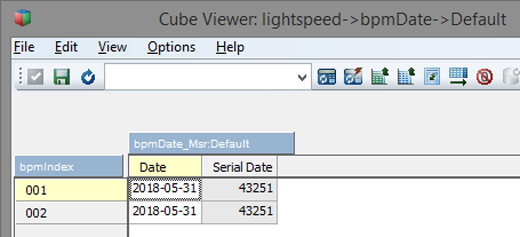Microsoft Excel is the tool CFOs and finance professionals love to hate. The problem is often a result of trying to use Excel for complex financial planning and analysis. Excel is simply the wrong tool for that job. In fact, a BARC survey found that specialized planning solutions offer users the following over Excel:
- 57% improved integration of planning with reporting and analysis
- 57% increased transparency of planning
- 53% better quality of planning results
- 51% more precise/detailed planning
- 43% increased planning frequency or faster planning
- 43% improved integration of different sub-budgets
Why use Excel for the wrong job? With IBM Planning Analytics, you get to keep Excel, but have a much more comprehensive, secure, and purpose-built solution for continuous planning, ad hoc analysis and more. According to a new report from BARC, “The Planning Survey 18,” IBM Planning Analytics delivers business benefits that include “flexible and comprehensive planning functionality with complementary options for Excel-based reporting and OLAP analysis.”
The report, which is the industry’s most comprehensive global survey of planning software users, was conducted from November 2017 to February 2018. In total, the company received responses from 1,465 and had 875 respondents answering a series of detailed questions about their usage of one of 17 named products or product groups. 126 people provided feedback on their use of IBM Planning Analytics.
The BARC research concluded IBM Planning Analytics is “Top-ranked” in 25 key performance indicators (KPIs) and a “Leader” in 13 KPIs. The report found that “better quality of planning results are achieved by an above-average proportion of Planning Analytics users compared to other planning products.” One of the 25 KPIs for which IBM was ranked on top is “project success.” The analysts at BARC state “the flexibility of Planning Analytics as an Excel-based development environment targeted at power users might also contribute to the success of projects because many different planning and OLAP analysis requirements can be addressed with the product.” They also cite the following reasons why users select IBM Planning Analytics:
- Flexibility, performance and scalability, which led to a high overall product satisfaction rate
- The ability to manage multiple sub-budgets, consolidating those results, and then running simple-to-highly complex calculations
- It’s open for all kinds of applications, including planning, analysis, and strategy/management
- Good coverage of planning-specific requirements
- Customers can implement both centralized top-down planning and decentralized bottom-up planning
- It provides functionality for various planning tasks and use cases, including creating random planning models on different aggregation levels.
It turns out that Planning Analytics is not only an ideal solution for those who hit the wall attempting to use Excel for planning, but it is also easy to implement and own. According to the analysts at BARC, “Resources and expertise for Planning Analytics are widespread in the market place. Many partners provide knowledge and consulting services for customers, and they seem to do a great job in their implementation projects… The company [IBM] empowers its implementing partners in a way its large international competitors such as SAP or Oracle cannot match.”
Lastly, the BARC research concludes that “problems encountered with the product are quite rare” and that 33% of customers say they have “no significant problems at all with the product.”
Read more analysts’ assessments of IBM Planning Analytics:
Independent Survey Ranks IBM Planning Analytics Against Competing Products



